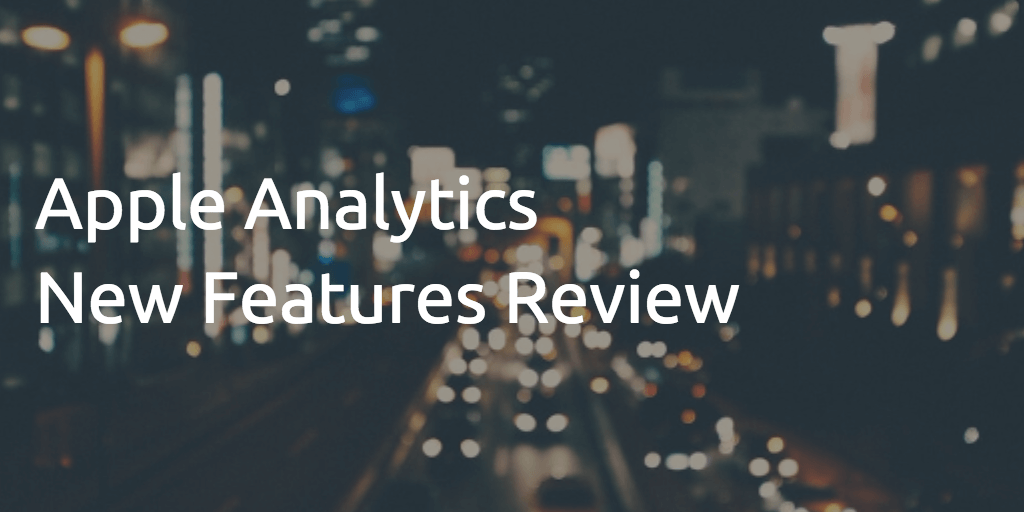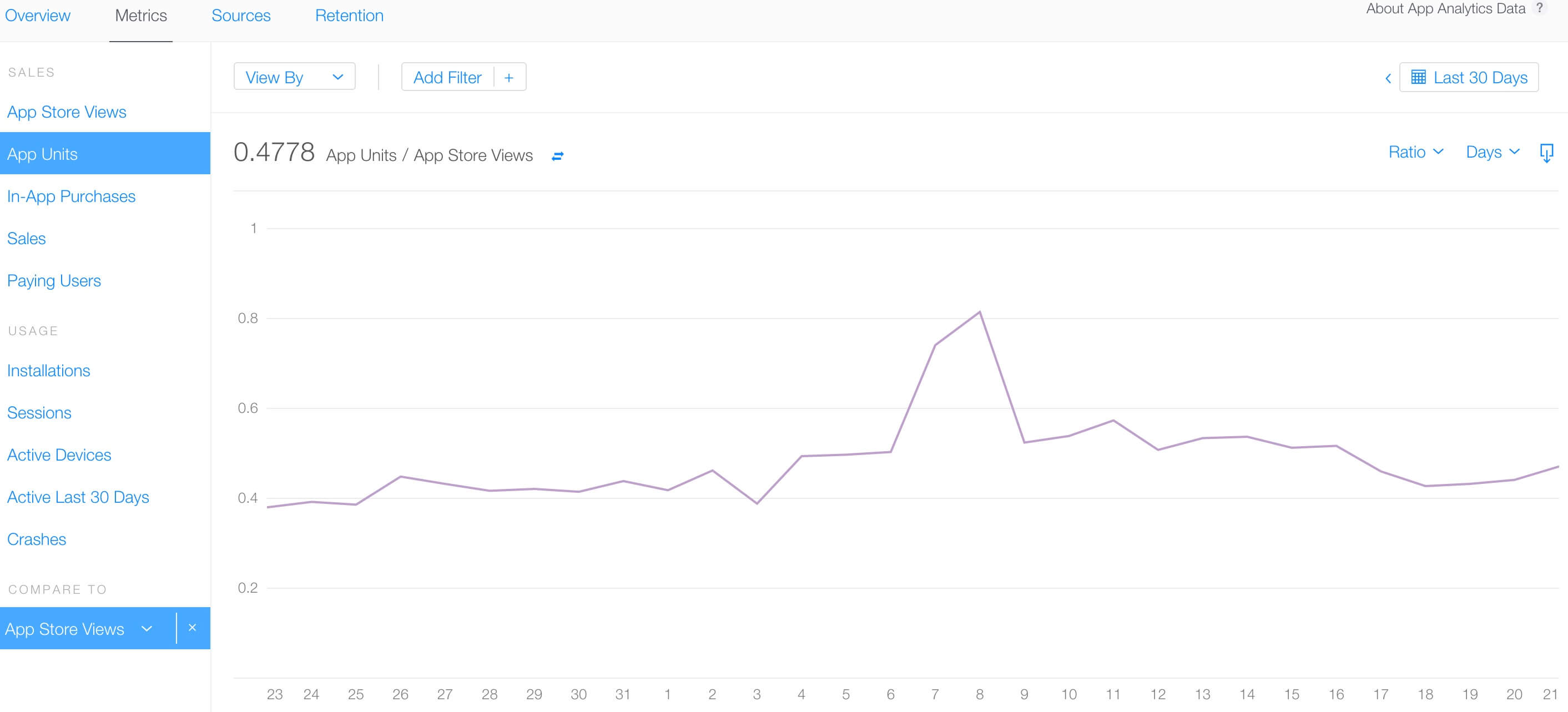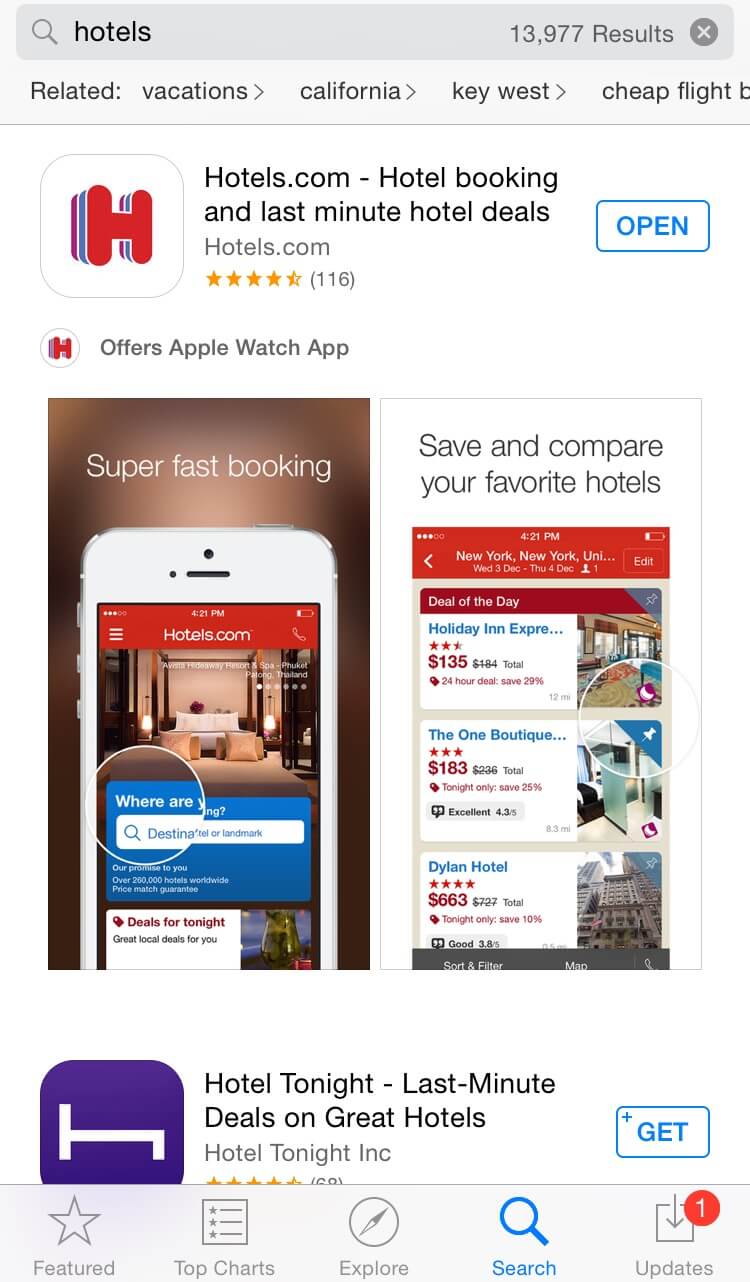
5 Best Practices for Apple Search Ads
Posted on July 3rd, 2024
Are you leveraging Apple Search Ads the right way? Take a look at these recommendations to optimize your paid campaigns and target the right users.

At WWDC 2014, Apple announced Apple Analytics was coming. Mobile app publishers and marketers anxiously awaited this new analytics module, expecting a release to coincide with the iPhone 6 release. Not only did Apple not release their mobile app analytics module with the new OS and devices (iOS 8 and the 6 & 6 Plus at the time), it took until April of 2015 to be released in beta. For a host of reasons, not to mention Facebook announcing expanded mobile app analytics a month earlier at f8, the Apple Analytics module fell short of expectations. The question is - what did Apple provide visibility to that was not already available from existing, free services (Flurry, Google Analytics, Facebook) that was new, and actionable? The beta release of Apple Analytics provided some data that only Apple has, but had not released before.
Both pretty cool in theory. If we know installs (what Apple is calling "units" in analytics), then we can calculate a conversion rate:
Units/App Store Views
Wow! We can see if people viewing an app store listing ultimately install the app.
Low conversion rate?
All information that only Apple can provide its developer community to build better apps and ultimately a better experience for Apple device users.
One being directly from search results.
Another is via a deeplink/app link.
So - to really understand conversion, so marketers and publishers can make better apps, we need to know installs (units) from an app view vs direct from search results (or direct link).
I assume Apple knows this, and I assume they understand units/app store views when units can come from various sources means there is no conversion rate to be measured. No insight = no action.
If data isn't actionable - you are doing it wrong.
So far - this data isn't actionable.
That didn't stop Apple from adding a new "feature" they are referring to as ratios.

As we know, if units can occur without an app store view, the ratio of units to app store views is meaningless.
For example, you are looking for the hotels.com app. You search "hotels" in the app store, and the first result is the Hotels.com app. Do you click to see the app's store listing? Or just download from the search results?

It would not be surprising if apps with popular brands had conversion rates exceeding 100%.
More units than app store views.
The "sources" section of the Apple Analytics module provides some insights that could be hacked together before, but is now in 1 place. Where is most of the traffic to an app's store listing coming from? Publishers did not have this insight before. We could create custom links and track marketing efforts to an install and beyond, but not to the app store.
Custom Link > Install > Sessions/Revenue/Etc..
Now:
Source/Custom Link > App Store Listing > Install > Sessions/Revenue/Etc..
There is some value in this, but mostly for determining where a spike in traffic came from.
Marketers running campaigns, from ads to social media posts, generally create custom links for tracking. Ultimately being able to attribute in-app actions to campaigns is what is valuable.
Expectations among marketers have been established somewhat by the web. Google Analytics provides data on source, campaign, search terms used etc.. for web properties for years. But apps are different, and Apple owns the more valuable user base and app ecosystem. This is Apple getting its feet wet in providing analytics to its partners. Expect more data on search terms used to find apps, which apps drove traffic via applinks and hopefully some adjustments to units and views to help publishers build better experiences for Apple users.

Are you leveraging Apple Search Ads the right way? Take a look at these recommendations to optimize your paid campaigns and target the right users.

Ghostly happenings are among us... and in your app listing too? If you aren't leveraging the power of app seasonality to make relevant tweaks to your store listing you're leaving precious engagement and conversions on the table.

Developers on the iOS App Store should plan in advance of the upcoming Holiday Schedule to allow enough time for apps to get approved during the busy holidays.